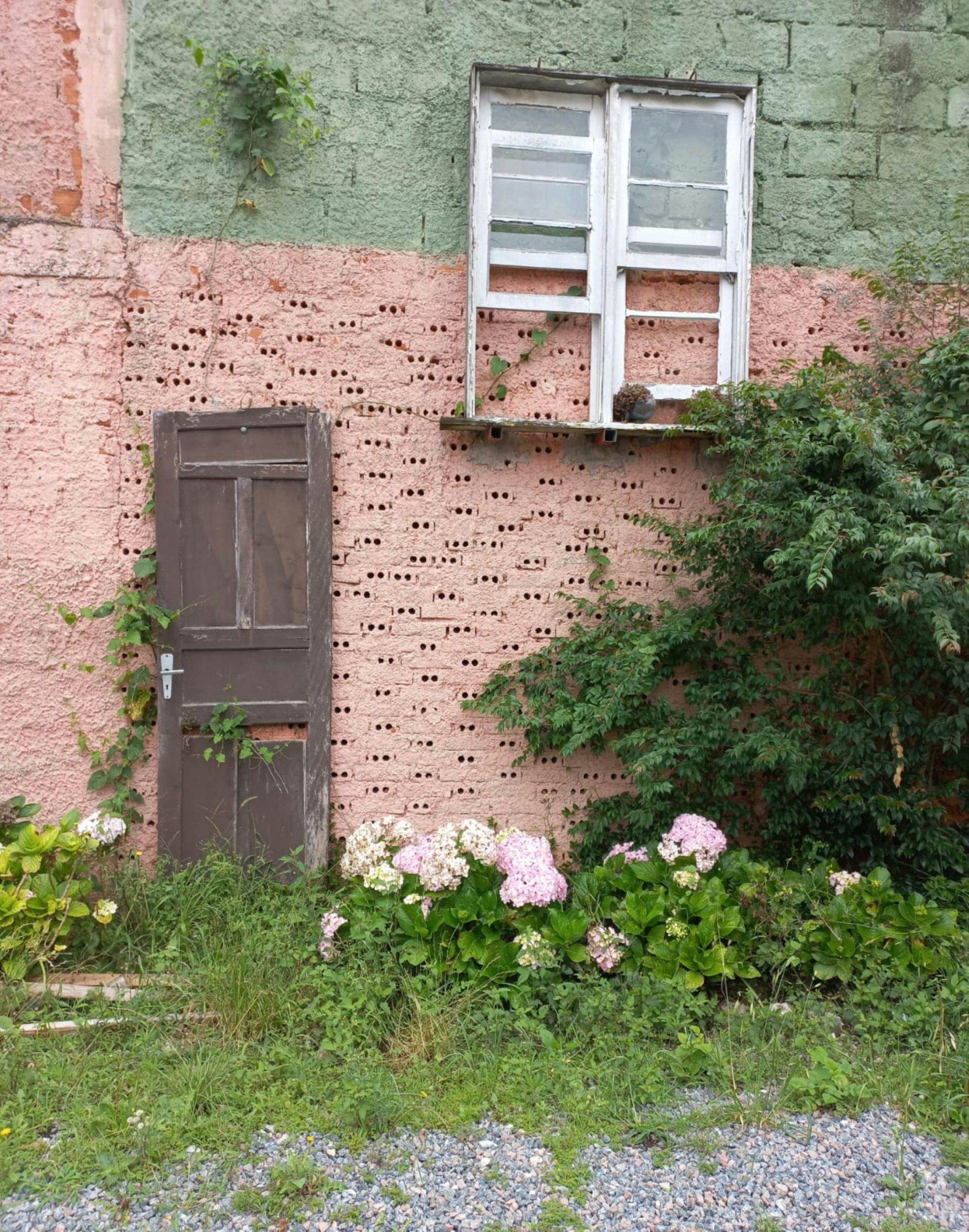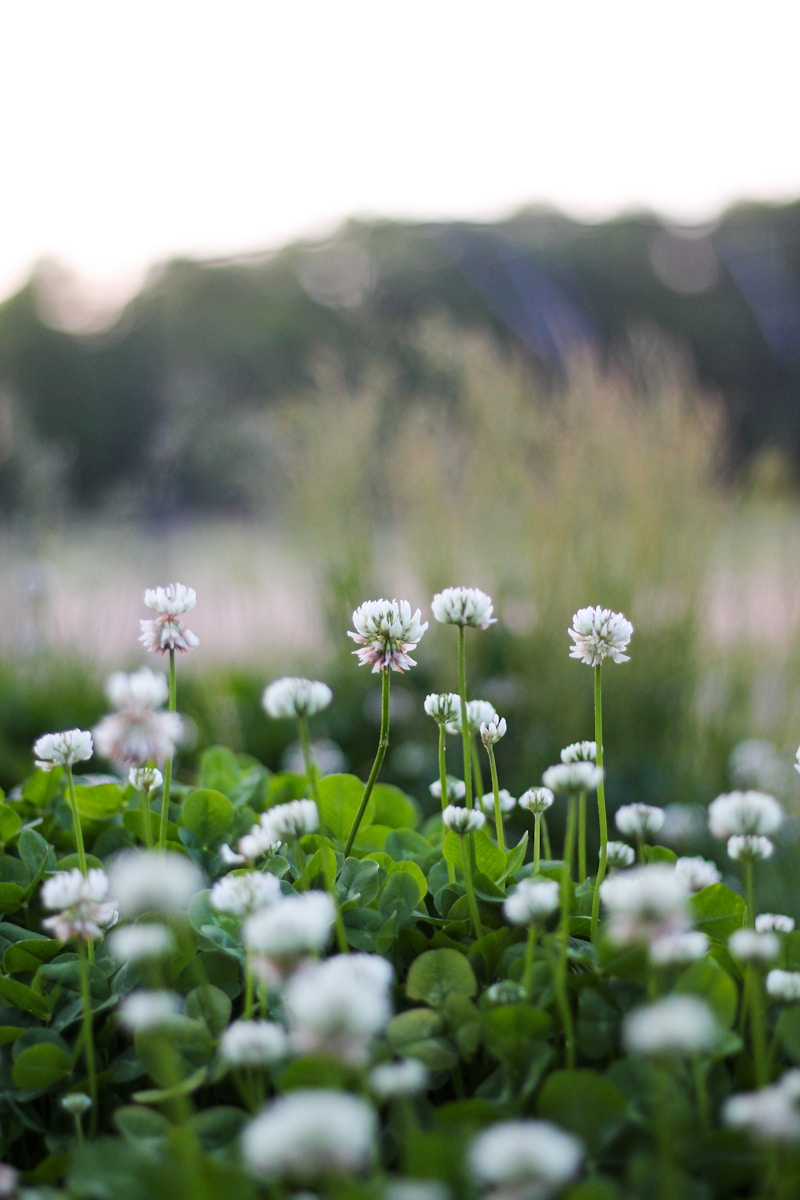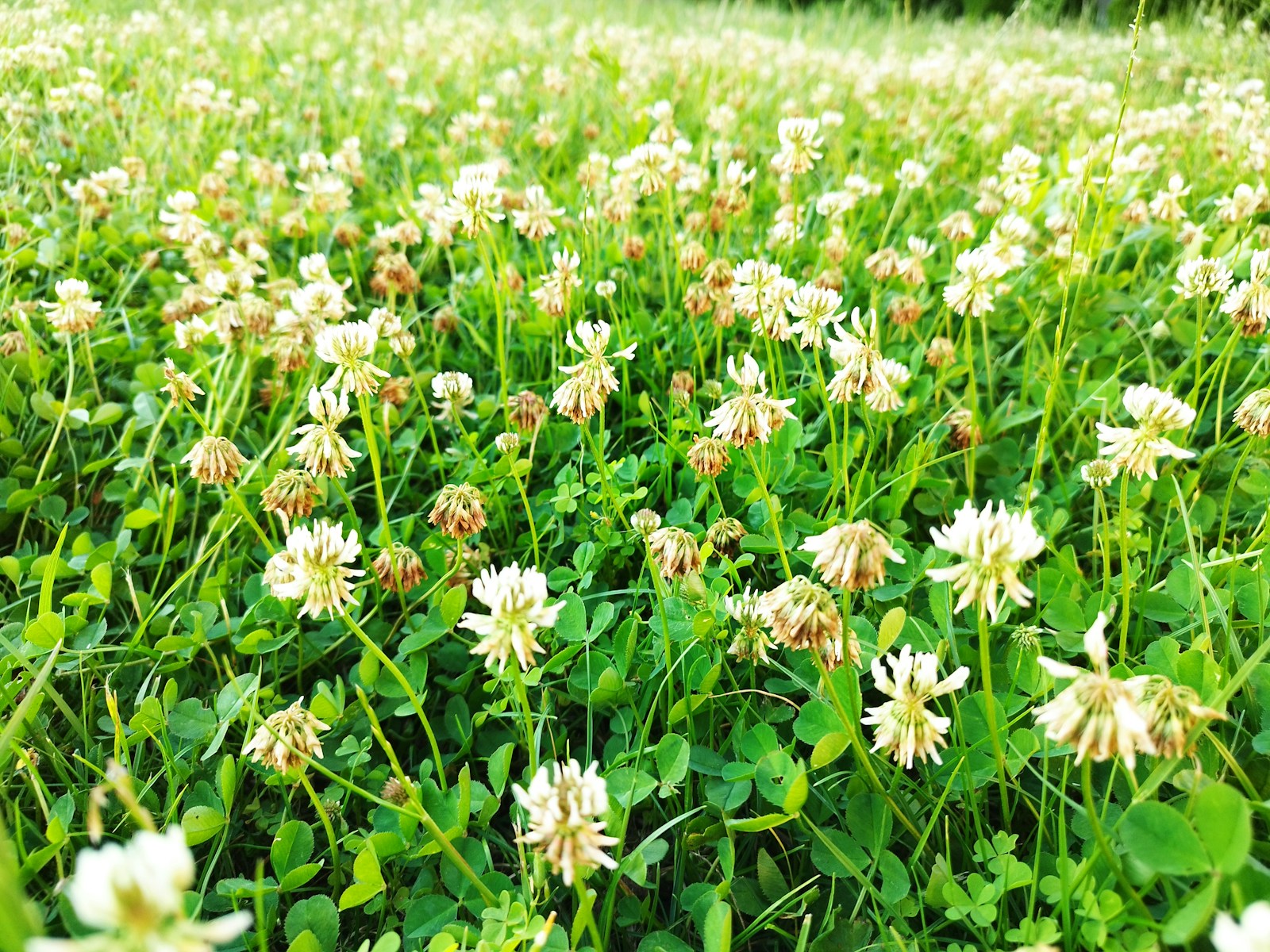An overgrown flower bed can be a daunting sight, but with the right tools and techniques, you can restore it to its former glory. Whether you’ve inherited an unruly garden or neglected your own, this guide will walk you through the steps to reclaim and rejuvenate your flower beds, creating a space you’ll love.
Why Restore Overgrown Flower Beds?
Neglected flower beds can detract from your home’s curb appeal and impact the health of your plants. Restoring them offers multiple benefits:
- Enhanced Aesthetics: Transform your garden into a stunning, organized display.
- Healthier Plants: Remove weeds and overcrowding to give your flowers room to thrive.
- Increased Property Value: A well-maintained garden boosts curb appeal.
Tools You’ll Need
Before diving in, gather these essential tools to make the process more efficient:
- Pruning Shears: For cutting back overgrown plants and shrubs.
- Shovel or Spade: To dig out unwanted plants or weeds.
- Rake: For clearing debris and leveling soil.
- Garden Fork: To aerate compacted soil and remove stubborn roots.
- Weed Puller: To extract weeds without disturbing nearby plants.
- Mulch: To suppress future weed growth and retain moisture.
- Wheelbarrow: For transporting debris, soil, or mulch.
The VEVOR 4-Wheel Garden Cart is a versatile tool for hauling debris, soil, and supplies, making cleanup and transportation easier.
Step-by-Step Guide to Restoring Overgrown Flower Beds
Step 1: Assess the Area
- Walk around the flower bed and identify what needs attention.
- Note which plants to keep, which to remove, and any weeds or invasive species.
- Take pictures for reference, especially if you plan to rearrange the layout.
Step 2: Clear the Overgrowth
- Use pruning shears to cut back overgrown plants and shrubs.
- Pull out weeds and invasive plants using a weed puller or garden fork.
- Remove dead or diseased plants to prevent them from spreading.
Step 3: Improve the Soil
- Aerate the soil with a garden fork to loosen compacted areas.
- Remove rocks, debris, and old mulch.
- Mix in compost or organic matter to enrich the soil.
Step 4: Redefine the Borders
- Use a spade or edging tool to create clean, defined edges around the flower bed.
- This gives the bed a polished look and prevents grass from encroaching.
Step 5: Replant and Arrange
- Trim and reposition existing plants as needed.
- Add new plants that complement your design and thrive in your garden’s conditions.
- Space plants appropriately to prevent overcrowding.
Step 6: Add Mulch
- Spread a layer of mulch 2-3 inches thick to suppress weeds and retain moisture.
- Leave a small gap around plant stems to prevent rot.
The VEVOR Landscaping Fabric can be used beneath the mulch for added weed control and soil stabilization.
Tips for Long-Term Maintenance
- Regular Weeding: Inspect your flower beds weekly to catch weeds early.
- Water Wisely: Use drip irrigation or water early in the day to prevent fungal issues.
- Fertilize Strategically: Apply fertilizer during the growing season to keep plants healthy.
- Seasonal Cleanups: Prune, mulch, and replant as needed during spring and fall.
Common Mistakes to Avoid
- Removing Too Much at Once: Gradually clear overgrowth to avoid damaging desirable plants.
- Skipping Soil Testing: Test the soil pH and nutrient levels to address deficiencies.
- Neglecting Edges: Defined borders make a significant difference in appearance.
FAQs About Restoring Flower Beds
1. How do I handle invasive plants?
Dig out the roots entirely and dispose of them properly to prevent regrowth.
2. Can I restore a flower bed in one day?
Smaller beds can often be completed in a day, but larger or severely overgrown beds may require multiple sessions.
3. Should I use mulch or stones?
Mulch is ideal for flower beds, as it enriches the soil and retains moisture, whereas stones are better for decorative or low-maintenance areas.
Why Choose the VEVOR 4-Wheel Garden Cart?
The VEVOR 4-Wheel Garden Cart simplifies garden cleanup and material transport with its:
- Heavy-Duty Construction: Carries up to 400 lbs, making it perfect for large projects.
- Easy Maneuverability: Pneumatic wheels ensure smooth movement over rough terrain.
- Versatile Design: Ideal for hauling soil, mulch, tools, and debris.
Shop now: VEVOR 4-Wheel Garden Cart
Final Thoughts
Restoring an overgrown flower bed is a rewarding project that enhances your outdoor space and revives your garden’s health. By following these steps and using the right tools, like the VEVOR 4-Wheel Garden Cart and VEVOR Landscaping Fabric, you’ll achieve professional-looking results with ease.
Ready to bring your garden back to life? Start today, and enjoy the beauty and satisfaction of a well-maintained flower bed!



